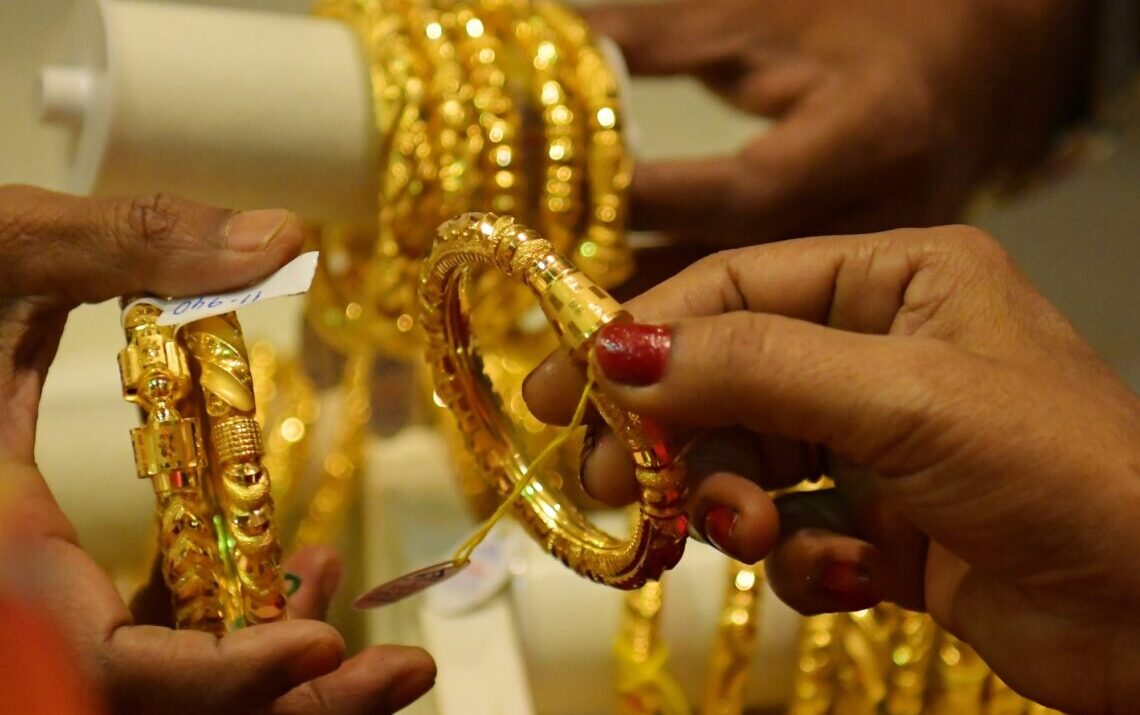Indian women collectively own approximately 24,000 tons of gold, representing about 11% of the world’s total gold reserves in jewellery form. This amount surpasses the combined official gold reserves of the top five gold-holding countries:
United States: 8,133.5 tons
Germany: 3,359.1 tons
Italy: 2,451.8 tons
France: 2,400 tons
Russia: 1,900 tons
The cultural significance of gold in India, especially among women, is profound. Gold is deeply embedded in Indian traditions and is considered a symbol of wealth, prosperity, and security. It plays a central role in various ceremonies and rituals, particularly weddings, where gifting gold is a longstanding tradition. This cultural affinity has led to substantial gold accumulation among Indian women, making India a global leader in household gold ownership.
Regionally, South India accounts for 40% of the country’s total gold holdings, with Tamil Nadu alone contributing 28%. This regional dominance underscores the cultural significance of gold in South Indian traditions and rituals.
Economically, the gold owned by Indian households is significant, equating to approximately 40% of India’s GDP. This immense quantity of gold reflects not only cultural and traditional values but also serves as a form of financial security and investment for many families across the country.
In terms of regulations, Indian Income Tax laws permit married women to hold up to 500 grams of gold, unmarried women up to 250 grams, and men up to 100 grams. These limits aim to regulate gold ownership while respecting its traditional significance.










